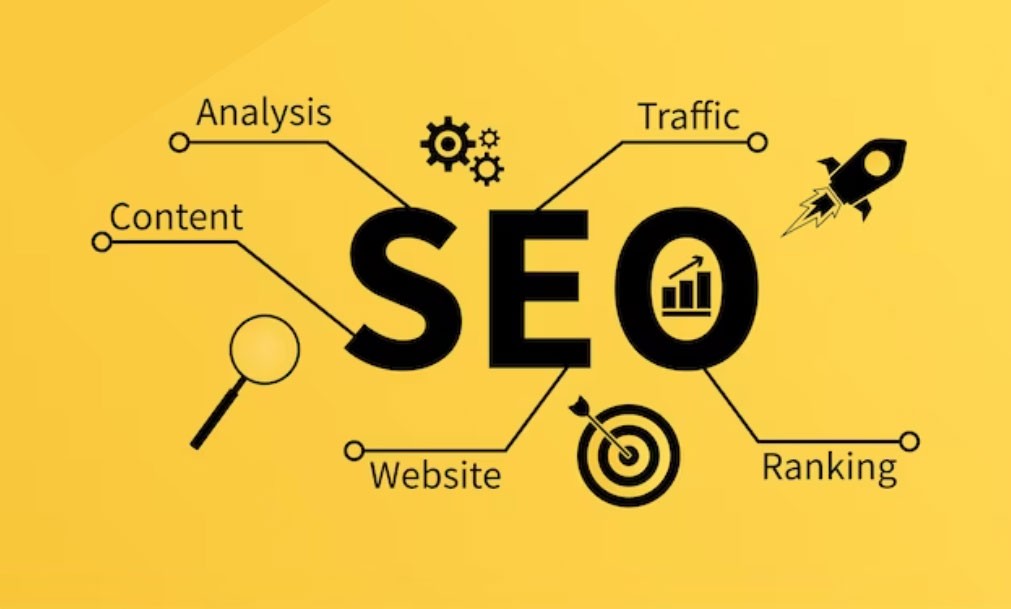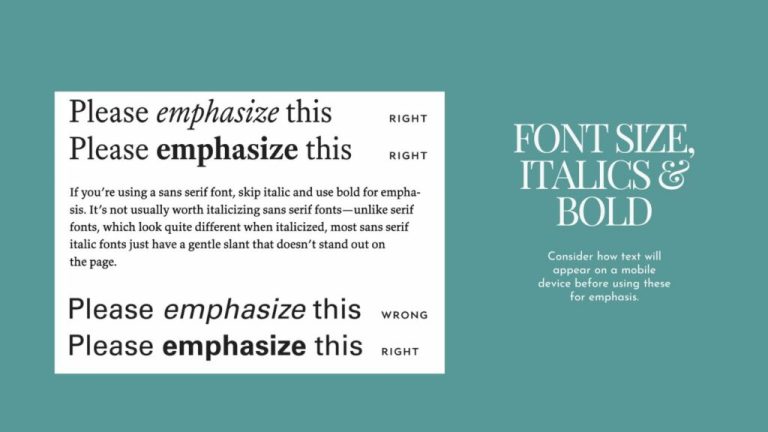
In today’s digital world, content is more than just words on a page—it’s a strategic tool that guides potential customers through every phase of their decision-making process. The concept of User Journey Alignment is rooted in understanding how users interact with your brand from the moment they discover it to the point of conversion and beyond. This approach ensures that each piece of content serves a specific purpose, tailored to the user’s current stage in their journey.
For businesses aiming to grow their online presence, aligning content with the buyer’s journey is not just beneficial—it’s essential. According to HubSpot, companies that align their content with the buyer’s journey see 73% higher conversion rates than those that don’t. In this guide, we’ll explore how to effectively match your content format and message to each stage of the buyer’s journey, ensuring maximum engagement and conversions.
What Is User Journey Alignment and Why It Matters
User Journey Alignment refers to the practice of creating content that matches the needs, preferences, and behaviors of users at different stages of their decision-making process. These stages are typically categorized into three main phases: Awareness, Consideration, and Decision.
- Awareness: Users recognize a problem or need but may not yet know how to solve it.
- Consideration: Users research solutions and compare options.
- Decision: Users are ready to make a purchase or take action.
Each stage requires a different type of content to effectively guide the user forward. For example, in the Awareness stage, educational blog posts and videos work best, while in the Decision stage, case studies and testimonials help drive conversions.
By aligning your content with these stages, you can build trust, reduce friction, and increase the likelihood of converting leads into customers.
How User Journey Alignment Impacts SEO Performance
SEO performance is closely tied to how well your content aligns with the buyer’s journey. Search engines like Google prioritize content that provides value and meets user intent. When your content is tailored to each stage of the journey, it becomes more relevant and easier for search engines to rank.
For instance, if a user is in the Awareness stage, they might search for terms like “how to fix [problem]” or “what causes [issue]”. If your content addresses these queries, it’s more likely to appear in search results. Similarly, users in the Consideration stage might look for comparisons or reviews, while those in the Decision stage might search for “best [product]” or “buy [service]”.
Aligning your content with the buyer’s journey also helps improve dwell time, click-through rate (CTR), and conversion rates—all key factors in SEO success.
Step-by-Step Implementation Framework
To implement User Journey Alignment effectively, follow this structured approach:
1. Define or Audit the Current Situation
Start by analyzing your existing content and identifying where it fits in the buyer’s journey. Use tools like Google Analytics, SEMrush, or Ahrefs to track which pages attract the most traffic and what keywords are driving visitors.
Also, map out your buyer personas to understand the pain points, goals, and behaviors of your target audience.
2. Apply Tools, Methods, or Tactics
Use AI-powered tools like JAXI.AI to streamline content creation and ensure alignment with the buyer’s journey. JAXI.AI offers features such as:
– Automated blogging systems
– AI-generated content tailored to specific user intents
– SEO optimization tools
– Multilingual support for global reach
Leverage these tools to create content that resonates with users at each stage of their journey.
3. Measure, Analyze, and Optimize
Track key metrics such as traffic, engagement, conversion rates, and bounce rates. Use A/B testing to experiment with different content formats and messaging strategies.
Tools like Google Analytics, Hotjar, and SEMrush can provide valuable insights into how users interact with your content and where improvements are needed.
Real or Hypothetical Case Study
Let’s take a hypothetical example of a SaaS company using User Journey Alignment to boost its marketing efforts.
Company: A project management platform called TaskFlow
Challenge: TaskFlow was struggling to convert leads into paying customers despite having high-quality content.
Solution: The team used User Journey Alignment to revamp their content strategy:
– Awareness Stage: Created blog posts and videos explaining common project management challenges.
– Consideration Stage: Published case studies and comparison guides to showcase TaskFlow’s unique features.
– Decision Stage: Added customer testimonials and free trial sign-ups.
Results:
– 35% increase in website traffic
– 20% improvement in lead conversion rates
– 40% reduction in bounce rate
This case study demonstrates how aligning content with the buyer’s journey can significantly improve business outcomes.
Tools and Techniques for User Journey Alignment
Here are some of the best tools to help you implement User Journey Alignment:
- JAXI.AI – An AI-powered content creation and SEO booster that generates high-quality articles and optimizes them for search engines.
- Google Analytics – Tracks user behavior and helps identify content gaps.
- Hotjar – Provides heatmaps and session recordings to understand how users interact with your site.
- SEMrush – Offers keyword research, competitor analysis, and content optimization tools.
- HubSpot – Helps manage the entire buyer’s journey with CRM integration and marketing automation.
- Ahrefs – Great for backlink analysis and competitor research.
These tools can help you create, analyze, and optimize content that aligns with the buyer’s journey.
Future Trends and AI Implications
As AI continues to evolve, the role of User Journey Alignment will become even more critical. With the rise of search generative experience (SGE) and multimodal search, content must be optimized not only for text but also for voice, images, and video.
AI tools like JAXI.AI are already helping marketers create content that aligns with these new trends. By leveraging AI, businesses can produce personalized, high-quality content at scale, ensuring it resonates with users at every stage of their journey.
Looking ahead, the future of content marketing will be driven by personalization, automation, and data-driven insights. Brands that adapt to these changes will be better positioned to succeed in an increasingly competitive digital landscape.
Key Takeaways
- User Journey Alignment is the process of matching content to the needs of users at each stage of their decision-making process.
- Aligning content with the buyer’s journey improves engagement, conversion rates, and SEO performance.
- Tools like JAXI.AI can streamline content creation and ensure alignment with the buyer’s journey.
- Measuring and optimizing content based on user behavior is essential for long-term success.
- The future of content marketing will be shaped by AI, personalization, and multimodal search.
Ready to transform your content strategy? Start aligning your content with the buyer’s journey today and watch your engagement and conversions soar.
Meta Title: How to Align Your Content with the Buyer’s Journey: A Complete Guide
Meta Description: Learn how to match your content format and message to each stage of the buyer’s journey for higher engagement and conversions.
SEO Tags (5):
– User Journey Alignment
– Buyer’s Journey
– Content Strategy
– SEO Optimization
– Digital Marketing
Internal Link Suggestions:
– Parameter #1: Search Intent Alignment
– Parameter #9: Content Gap Filling
– Parameter #11: Intent-Driven Format
– Parameter #13: Evergreen & Fresh Balance
– Parameter #18: Storytelling Integration
External Source Suggestions:
– HubSpot – Buyer’s Journey
– Content Marketing Institute – AI in Content Creation
– Google Analytics
– SEMrush – Keyword Research
– Hotjar – User Behavior Insights








